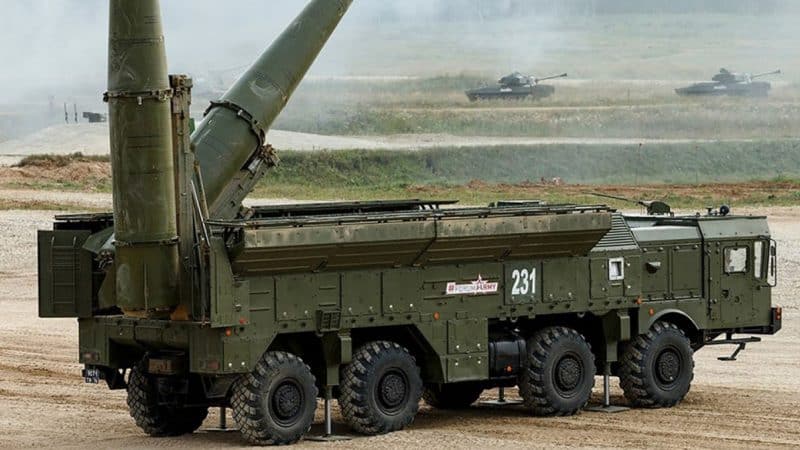In terms of deterrence, the classic doctrine employed since the start of the Cold War is based on the balance of nuclear strike and response capabilities on both sides. Beyond the European theater and the confrontation between the Warsaw Pact and NATO during the second half of the XNUMXth century, this was also applied elsewhere on the planet, as in the standoff between the India and Pakistan, or in the control of the Chinese and North Korean nuclear threat by the United States.
The main potential target of North Korean missiles, South Korea, for its part, does not have nuclear weapons. But unlike Japan, or a majority of European countries, which rely on the American nuclear umbrella to control the threat, Seoul has developed, in parallel with it, a doctrine designed to allow the country to neutralize the threat. North Korean nuclear power if necessary, without having to rely on the means deployed by the United States to protect the country.
The South Korean 3-axis doctrine
Designated " 3-axis doctrine“, this is based on 3 complementary components intended to deprive Pyongyang of its nuclear strike capabilities. Firstly, the South Korean armies acquire means capable of striking and destroying North Korean launch sites at very short notice, whether they are based on land or at sea, once the South Korean authorities would be certain of the imminence of nuclear strikes launched by Pyongyang.
Secondly, the country deploys an important and dense network of anti-aircraft and anti-missile defenses to intercept the vectors launched by the North Korean armies which would have escaped the preventive strikes.
Finally, the third component assumes the destruction of all North Korean strategic sites by conventional precision strikes, whether command and communication centers, logistics nodes and all high-value targets. added, so as to deprive Pyongyang of its ability to command, coordinate and support its large army.

It should be noted in this respect that this "3 axes" doctrine is probably misdesigned, because a fourth axis, conditioning the 3 others, is essential for its implementation. It is in fact necessary for Seoul and its armies to have access to very significant and effective intelligence capabilities vis-à-vis the means available to the adversary, since it is required not only to anticipate nuclear strikes at come, but also to locate with precision all the capacities available to Pyongyang to be destroyed with a particularly short notice.
In addition, Seoul must have extremely reactive strike means, especially since North Korea now has new solid-fuel missiles that can be launched by mobile systems with short delays. In fact, beyond the military means of conducting preventive strikes, Seoul must also have a very effective intelligence capability, and a shortened chain of command to be able to be applied.

The rest of this article is for subscribers only
The Classic subscriptions provide access to
all articles without advertising, starting at € 1,99.
Newsletter subscription
Register for the Meta-Defense Newsletter to receive the
latest fashion articles daily or weekly


[…] […]